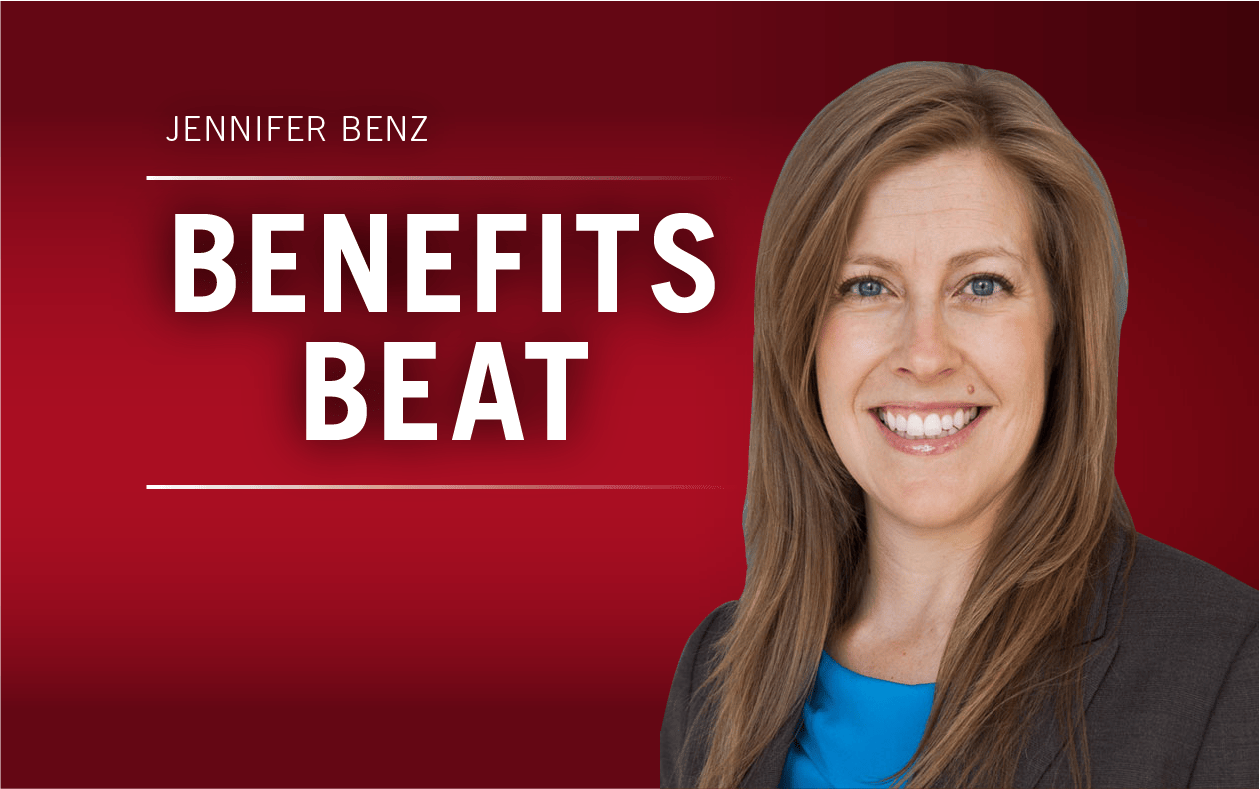Public health experts have been studying for decades the role that poverty, race, environment and other external factors play in citizens’ overall health, but an increasing number of employers are seeing how social ills impact their workforce.
The concept of social determinants of health, which the World Health Organization defines as “the conditions in which people are born, grow, live, work and age,” is gaining momentum in the employer world.
In 2019, UnitedHealthcare and the American Medical Association teamed up to create medical insurance codes so that doctors can identify social factors that lead to poor health. If accepted by the Centers for Medicare and Medicaid Services, the new codes would become effective Oct. 1, 2020.
Also in 2019, bipartisan legislation called the Social Determinants Accelerator Act was introduced to provide grants and technical assistance to underserved communities. It’s considered to be the first federal proposal on social determinants.
Also read: Health Care Surveys Show Employers What to Expect in 2020
“It seems to have entered employer conversations in the past two to three years,” said Karen Moseley, president of the Health Enhancement Research Organization, a nonprofit think tank focused on workplace health. “Public health has been talking about this issue for years and years and now employers are adopting the same language. It started out as employee and employer collaboration to improve public health and has evolved into companies and communities working together.”
In a recent report on the relevance of social issues to employers, HERO outlines steps that companies can take to address community problems that affect their employees and highlight employers with innovative programs. For example, Cisco, LinkedIn and Pure Storage help fund a nonprofit in Silicon Valley that supports affordable housing initiatives, and Tom’s of Maine pays its lowest-paid workers more than 25 percent above a living wage.
The report recommends that employers create a corporate philosophy that values the needs of its employees and adopt policies and practices that support that.
Also read: The 4 Myths of Health Care Cost Reduction
“It often starts with one issue that is the greatest need in the community,” Moseley said. “Employers need to shift their focus from shareholder value to employee value. I really love this metaphor I heard at a conference about a fish tank. If we feed the fish but ignore cleaning the tank, ultimately the fish are going to die.”












 “I plan to take it out as early as I can,” Beach said from her home in Arlington, Texas. “I don’t really know that much about Social Security, but I hear it’s going to go away.”
“I plan to take it out as early as I can,” Beach said from her home in Arlington, Texas. “I don’t really know that much about Social Security, but I hear it’s going to go away.”



